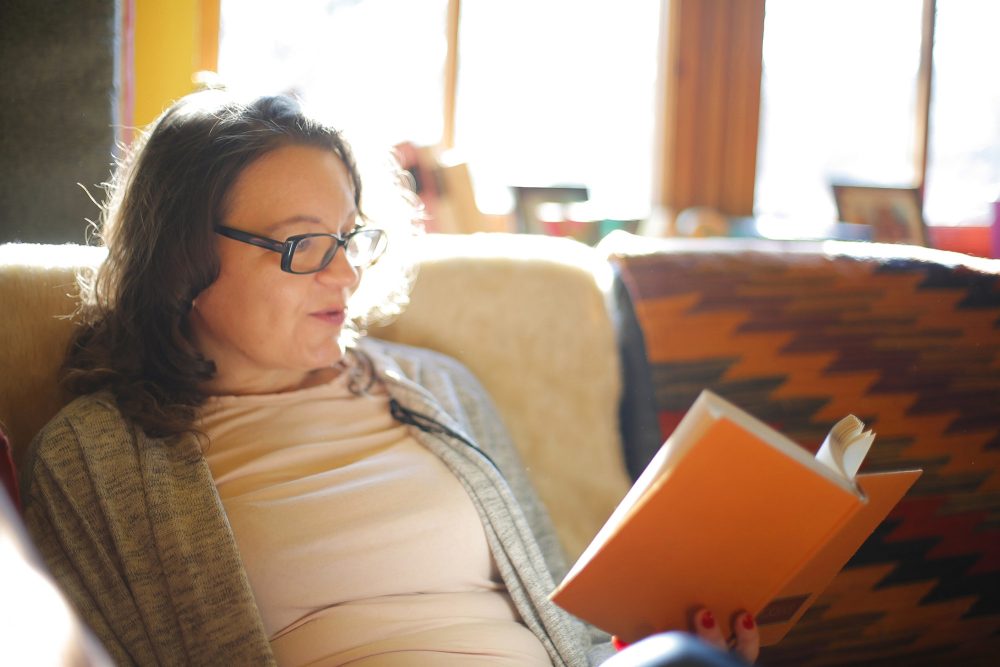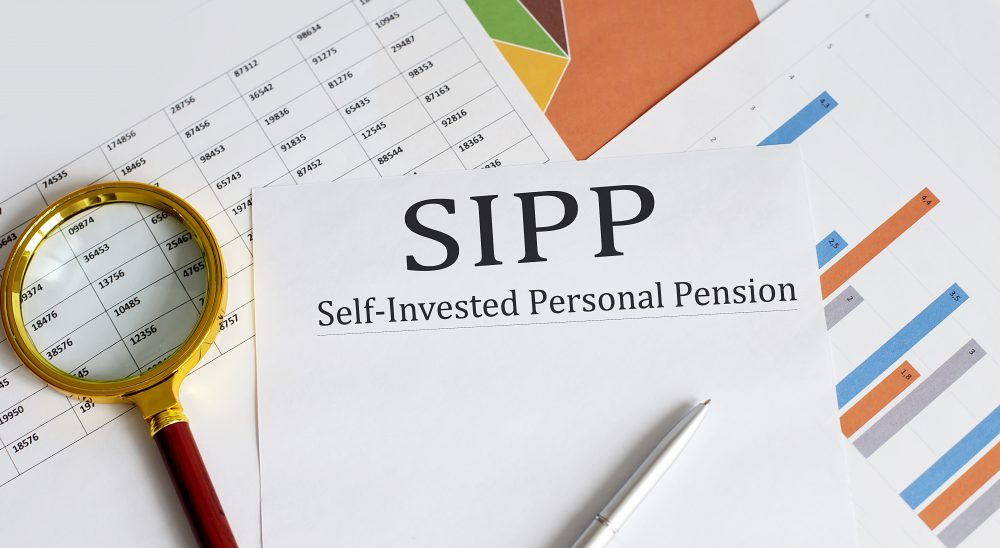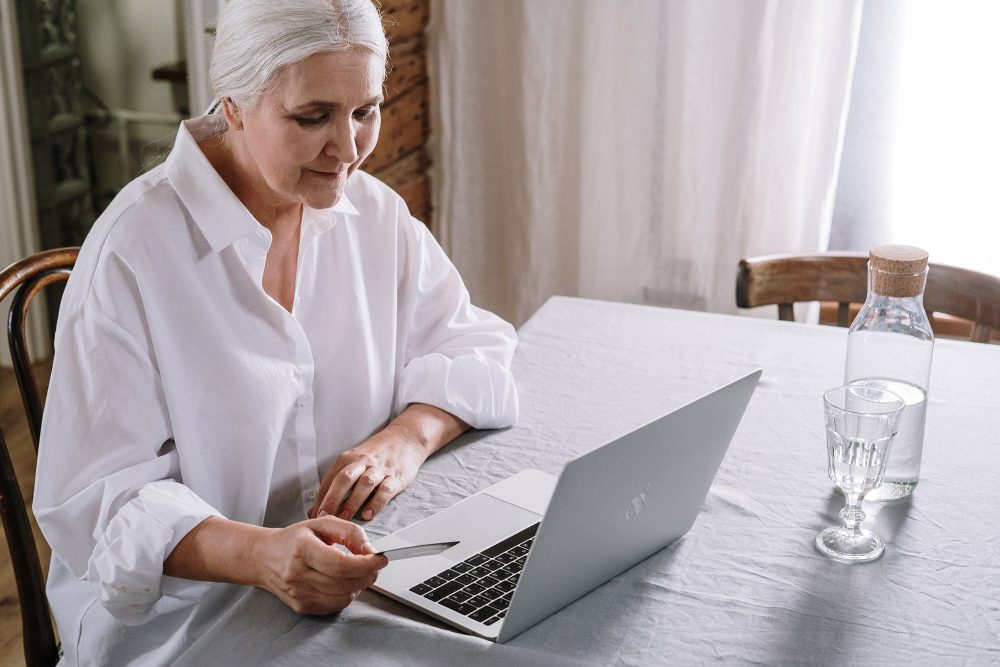Deciding whether to transfer a pension is one of the most complex financial decisions that a person can make, which can have far-reaching consequences. If you have lost money from transferring your pension, we may be able to help.



A SIPP is basically a do-it-yourself pension. You’ll be taking responsibility for building and managing your own investments. They are good for people who want to gather all of their pensions into one pot which is known as a pension ‘wrapper’. DIY SIPP’s are offered by supermarkets and investment brokers. Maybe the downfall to opening a SIPP is that you are taking responsibility for building and managing your own investments. A ‘Full SIPP’ offers the widest choice of investment but has the highest charges and is suitable for experienced investors. There will be set-up fees or annual management trading charges. Many providers will also ask for a minimum monthly contribution.
However a ‘LITE SIPP’ offers a wide range of investment choice but won’t include owning property directly or offshore funds or investing in unquoted shares.
DIY SIPP’s are suitable for people with smaller pension savings to invest. They are however ‘execution-only’ which means you take no advice from the firm. The charges to this are lower. You can pay a fixed admin charge or a percentage platform fee, or a combination of both.
In general bringing your pension savings together in a SIPP will offer more opportunity to diversify and keep track of where your money is invested. The main appeal of a SIPP is that they allow you to invest in a wide variety of assets including stocks and shares investment trusts.
A QROPS is an overseas pension scheme that meets certain requirements set by HMRC. It must have a beneficial owner and trustees and it can receive transfers of British Pension Benefits. A QROPS programme was launched in 2006 as part of the EU human rights requirements of the freedom of capital movement.
Primarily a QROPS can be appropriate for British Citizens who have left the UK to emigrate permanently and who intend to retire abroad having built up a British pension fund. Or it can be for a person who is born outside the UK but built up benefits in a UK registered pension scheme that can move their pension offshore if they wish to retire outside of the UK.
British State Pension cannot be transferred but schemes such as SIPP and SSAS can be transferred abroad. A QROPS does not have to be established in the country where one retires; rather, a person can move the pension to another jurisdiction and have the benefits paid into their country of choice.
PP’s are pensions that you arrange yourself. They can be known as defined contribution or ‘money purchase’ pensions. You will usually get a pension that’s based on how much was paid in over time. Some employers offer a personal pension known as a workplace pension.
The money you pay into a PP is put into investments i.e. shares, by the pension provider. The money you will get from a PP usually depends on how much has been paid in, how the fund’s investments have performed (as they can go up or down) and how you decide to take your money.
You can make regular payments into a PP or individual lump sum payments to a pension provider. They will send annual statements as to how much your pension fund is worth. You may be entitled to tax relief on your pension if the provider is registered with HMRC.
SSAS are generally set up to provide retirement benefits for a small number of a company’s directors and / or senior staff. They can be open to all employees and their family members even if they don’t work for the employer.
Contributions may be made to the SSAS by members or the employer whereupon tax relief on contributions are made subject to certain conditions.
A major benefit of an SSAS is that it can offer the employer increased flexibility on where the scheme’s assets can be invested. As an example an SSAS is able to purchase the company’s trading premises and lease these back to the company. It may also lend money back to the company and purchase the company’s shares, subject to certain terms and conditions.
All of the SSAS assets are held in the name of the Trustees, there are no ‘individual pots’ for each member, although each member is deemed to hold a proportion of the scheme’s assets.

DB pensions pay out a secure income for life which increases each year. It’s possible that you have one if you’ve worked for a large employer or in the public sector. Your employer contributes to the scheme and is responsible for ensuring there’s enough money at the time you retire to pay for pension income. You may also contribute to the scheme and upon your death, your spouse, civil partner or dependants will continue to receive a payout.
Your pension income is usually calculated by the years in the scheme, divided by accrual rate then multiplied by pensionable earnings. For example: Your scheme has an accrual rate of 1/60th, you were in a DB pension for 10 years, upon retiring at 65 on a salary of £24,000 a year this would give you a pension of 10 (years) multiplied by £24,000 (salary) divided by 60 (accrual rate) = £4,000 a year unless you take any tax free cash lump sum. In most cases your pension will increase by a set amount each year up until retirement age.
Depending on your scheme you may be entitled to take your pension at age 55 but this can reduce the amount you get. It is also possible to take your pension without retiring or you can defer it after retirement, this might mean you will get a higher pension when you take it. Check your scheme details. If you wish to take a tax-free lump sum make sure you know whether your statement shows the amount you’ll get before or after taking it. Only 25% of the pension is tax free and you’ll have to pay income tax on the rest.

SP is a weekly payment from the government that you receive when you reach state pension age. The amount you’ll get will depend on how long you’ve been contributing towards it and the type of private pension you have. In order to qualify for SP you will need to have made National Insurance contributions. You need a minimum of 10 years’ worth of contributions to qualify. In order to get a full state pension you need to have 35 years’ worth of contributions.
Sometimes there are gaps in the records, these can be caused by unemployment, being ill and not working or taking time off work for childcare or living abroad. If you don’t have enough qualifying years, you can pay voluntary contributions.
The Government figures for the SP rate are currently (2021) £175.20 per week. The SP ages have been undergoing radical changes since April 2010. The changes will see the SP age rise to 65 for women between 2010 and 2018, and then to 66, 67, and 68 for both men and women. There are plans to change the SP ages further.

Here is a list of SIPP Companies in liquidation, this list is not exhaustive
If you don’t see your provider on our list, it is most likely known to us, it is impossible to list them all.
If your financial advisor did not warn you of the risks associated with moving your pensions into a SIPP and the guaranteed benefits which you may lose in the process, then you may be entitled to compensation.
We have experienced first hand the damage that bad advice has
had on many peoples pensions and investments, along with the difficulties it can bring.
Let us help you put things right!
